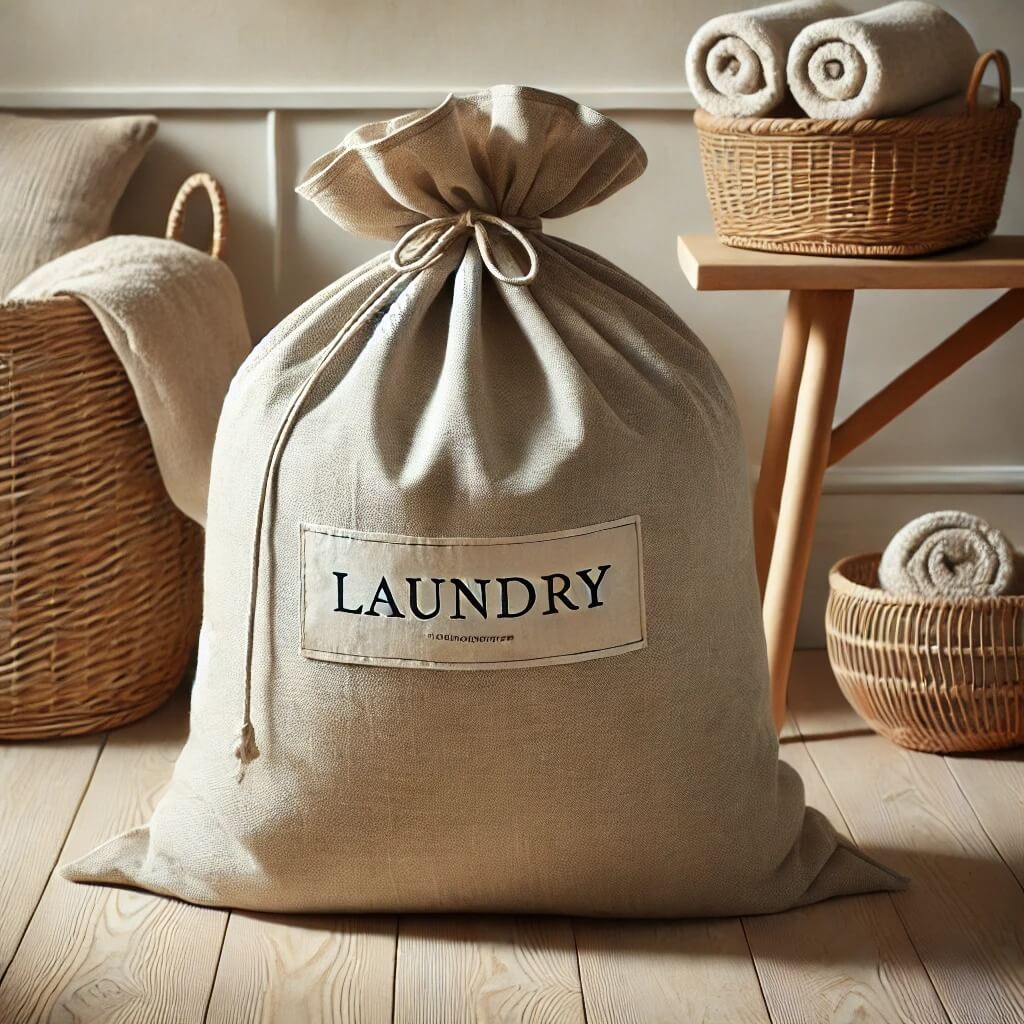Linen Care Guide
Linen products are easy to wash. They dry quickly, are strong, wear well and protect against UV rays. Depending on the composition of the raw material of the fabric, the structure of the yarn used, the product shrinks from 5% to 10% after washing, warp and weft.
Machine wash:
- Separate white, dark, and colored linens. For best results, wash separately from other fabrics.
- Wash in lukewarm water (<40°C/104°F). High temperatures may cause shrinkage of up to 10% and weaken the linen fiber.
- Use the gentle machine cycle and don’t overload your washing machine.
- Use mild detergent formulated for delicate fabrics. Don’t bleach.




Hand Wash:
- If you choose to hand wash your linens, combine lukewarm water and approximately one teaspoon of mild detergent in a sink (or other container large enough to hold your fabric).
- Soak your linen for about 10 minutes. Afterward, use your hands to gently move the fabric around in the container.
- Allow the water to drain and refill the sink. Continue this step until all of the detergent is removed.
- As mentioned above, do not use a water temperature any hotter than lukewarm, as this can damage the fibers.
Important note: DO NOT twist the fabric or scrub it, since this can damage the fibers in the fabric.




How to wash Linen Bedding?
Many of you asked for linen sheet and bedding washing tips, so here is a quick guide. Prepare your linens by turning them inside out and fastening any buttons, zippers, or ties. Be careful not to overload the washing machine-your linens deserve plenty of room to rinse. Linen bedding may be safely washed with other delicate items, but not with heavy fabrics that may abrade your items, like towels or denim.
Related Questions
Removing stains from linen
The best secret for linen stains is to clean them immediately. Dirt, oil, and grease set into the fibers of the linen and thus become difficult to remove.
For small spots, first try soaking it in a mixture of water and detergent or gently dabbing with club soda. If it does not work, add a dollop of it dish soap and, using your fingers or a soft brush, gently rub until the stain starts to lift, then wash like normal. If the stain is particularly stubborn, pour some baking soda over the spot, dot with a few drops of vinegar, and blot with paper towels to absorb the residue and moisture.

Drying linen
Do not wring out linen before drying. Whatever drying method you choose – line drying, tumbler drying or lying out on a terry towel – make sure your linen articles are slightly damp before ironing. Overdrying is the most harmful process for fabrics as it weakens the fibers causing shrinkage and pilling. Over-dried items restore their natural moisture content after re-absorbing moisture from the air.
Bleaching linen
Not the best idea. Bleach and detergents with optical brighteners tend to weaken the fibers and may cause discoloration. If you’re dealing with a stain, please refer to the steps mentioned above.
Ironing linen
Natural fibers like linen will wrinkle, crumple and crease, you just have to accept it. However, if you really want an item pressed, use a medium-hot iron on the fabric while it’s still damp or overlay it with a damp towel.
Storing linen
Make sure your linens are completely dry to avoid mildew. Natural fibers like linen need to breathe, so it’s best to store them in cool, dry, well-ventilated areas and away from direct sunlight. Avoid storing linen is plastic bags — choose linen bags or reuse old pillowcases for that. When it comes to bed linens, we recommend using three sets in rotation: one on the bed, one in the closet, and one in the wash. This will allow each set to rest from wash to wash and prolong the lifespan of your linens.



